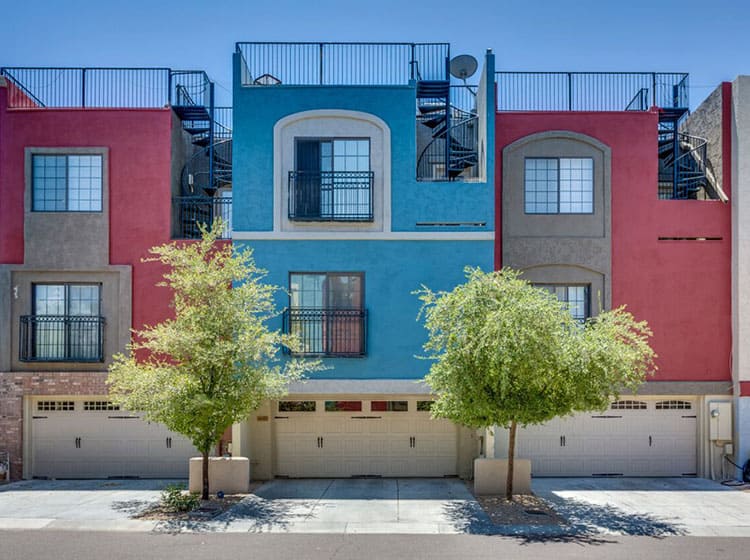Understand Just How Seasonal Conditions Affect The Success Of Business Outside Painting And Find Out The Optimal Durations To Ensure Long-Lasting End Results For Your Task
Understand Just How Seasonal Conditions Affect The Success Of Business Outside Painting And Find Out The Optimal Durations To Ensure Long-Lasting End Results For Your Task
Blog Article
Produced By-Burnham Rodriquez
When you're planning a commercial exterior paint task, seasonal elements can make or break your outcomes. You'll want to think about how temperature and moisture impact paint application and drying out times. Choosing the best period can ensure your paint adheres effectively and lasts much longer. Yet which seasons are really the best for this kind of work? Allow's discover the crucial elements that can affect your project's success.
The Effect of Temperature Level on Paint Application
When you're planning an industrial exterior paint job, the temperature can substantially affect exactly how well the paint sticks and dries.
Ideally, painting companies hiring subcontractors want to paint when temperature levels range between 50 ° F and 85 ° F. If it's also cold, the paint may not cure effectively, causing concerns like peeling off or cracking.
On the other side, if it's too warm, the paint can dry out as well quickly, preventing correct attachment and resulting in an irregular surface.
just click the following article ought to likewise take into consideration the time of day; morning or late afternoon provides cooler temperatures, which can be a lot more favorable.
Constantly check the maker's recommendations for the details paint you're using, as they commonly offer advice on the suitable temperature level range for ideal results.
Moisture and Its Effect on Drying Times
Temperature isn't the only ecological variable that influences your commercial exterior painting job; moisture plays a considerable duty also. High humidity degrees can decrease drying times substantially, influencing the total quality of your paint job.
When the air is filled with wetness, the paint takes longer to cure, which can cause issues like poor adhesion and a greater danger of mildew development. If you're repainting on a particularly damp day, be prepared for extended delay times between coats.
It's essential to keep track of local climate condition and strategy as necessary. Preferably, go for humidity degrees between 40% and 70% for optimum drying.
Maintaining these consider mind guarantees your job remains on track and provides an enduring finish.
Best Seasons for Commercial Exterior Painting Projects
What's the best season for your commercial exterior paint jobs?
Springtime and early autumn are commonly your best options. Throughout these seasons, temperature levels are moderate, and humidity levels are typically reduced, creating optimal conditions for paint application and drying.
Prevent summer season's intense heat, which can trigger paint to dry as well quickly, leading to poor bond and surface. Similarly, winter's cold temperatures can hinder correct drying out and healing, taking the chance of the durability of your paint task.
Go for days with temperature levels in between 50 ° F and 85 ° F for ideal outcomes. Keep in mind to check the regional weather report for rainfall, as damp conditions can wreck your project.
Planning around these elements guarantees your painting task runs smoothly and lasts much longer.
Final thought
In conclusion, planning your industrial outside painting jobs around seasonal factors to consider can make a significant distinction in the end result. By organizing job throughout the suitable temperatures and humidity degrees, you'll guarantee much better adhesion and drying out times. Keep in mind to keep an eye on neighborhood weather prediction and choose the correct time of year-- spring and early loss are your best bets. Taking these actions will certainly assist you achieve a durable and expert finish that lasts.
